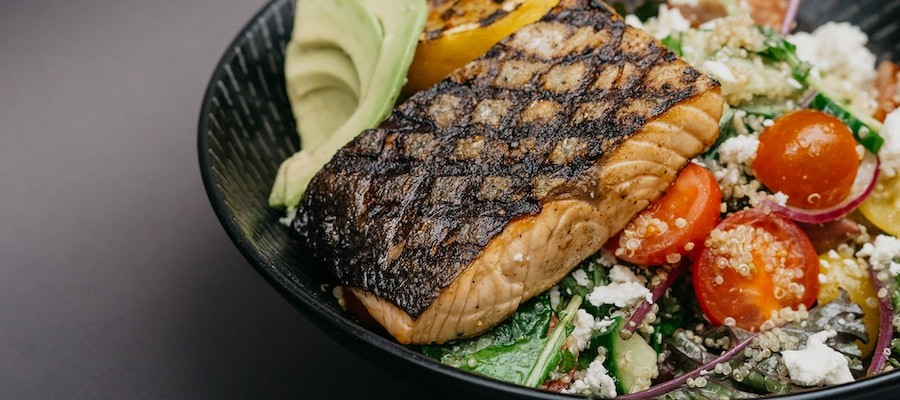
Culinary Movies: Exploring the Role of Food in Feminist Cinema
Table of Contents
Culinary Movies: Exploring the Role of Food in Feminist Cinema
Introduction
In this article, we will analyze three movies that put women and their experiences at the center of their plot. These movies have sparked discussions around sexism, patriarchy, and gender politics. One interesting aspect that stands out in all three films is the significant role that food plays in the narrative. In this article, we will explore how food is used as a powerful symbol and metaphor in these movies, highlighting the connection between cooking, serving, and the status of women within patriarchal norms.
Culinary Metaphors: A Taste of Symbolism
Food is loaded with flavor, both literally and symbolically. In these movies, various dishes like kulfi, omelette, mutton curry, biryani, and many more are used as metaphors to discuss different subjects and emotions. The kitchen, as well as the act of cooking, eating, serving, and cleaning, are integral to the story and the framing of scenes.
Women’s Domesticity and the Burden of Cooking
In these movies, women’s position and status within patriarchal norms are explored, and food becomes a forceful symbol for keeping women bound to the domestic sphere. For example, in one of the movies, the protagonist’s husband refuses to let her go see a movie because there won’t be anyone to prepare food for him. This highlights how women’s domesticity is framed by their obligation to cook meals.
The Subordination of Women through Food
In another film, the protagonist’s husband expects her to serve him a perfectly prepared meal, and any failure in meeting his expectations leads to violence and abuse. Both movies depict how women continue to prepare and serve food to their husbands despite the violence, expressing their subservience and dedication to their domestic roles.
Love and Obligation: The Complexity of Food in Relationships
Cooking and serving food are not just physical acts but also involve sentiment, emotion, and dedication. In one movie, the protagonist lovingly prepares lunch for her husband, only to be met with anger and disappointment because she didn’t fulfill his expectations. This showcases the complex dynamics of love, duty, and obligations that are associated with food within relationships.
Men’s Preferences and Women’s Obligations
The movies also highlight how men’s preferences and ideals dictate the process of food preparation and serving in the household. Whether it’s the husband’s annoyance at his wife’s cooking or the demand for specific cooking methods and utensils, the men of the household prioritize their tastes without considering the convenience or desires of the women who cook.
The Lack of Reciprocity in Domesticity
While men have various food preferences, there is a lack of reciprocity when it comes to their wives’ culinary needs. Women are expected to accommodate all of their husbands’ preferences and take care of their culinary needs, but men show little concern for their wives’ desires or preferences. This lack of reciprocity further reinforces the gender hierarchy within the domestic sphere.
Food as a Medium of Expression
Food and kitchen utensils become powerful mediums of expression in these movies. Anger, frustration, and even revenge are channeled through the act of cooking, serving, and disposing of food. Kitchen tools, such as grinding stones and ladles, symbolize the daily grind of domestic duties and the inescapable cycle of domesticity and drudgery.
Commensality and Intimacy
Scenes of commensality, where characters share a meal together, convey intimate moments and bonding. These scenes contrast the oppressive dynamics within the household, allowing characters to connect on a more equal and human level.
Food as a Symbol of Autonomy and Resistance
In the final scenes of two of the movies, food becomes a symbol of autonomy and resistance. One character enjoys popcorn while watching a movie alone, representing her newfound independence and self-respect. Another character expresses her desire to eat at a specific restaurant, signifying her resolve to listen to her own needs and fulfill her desires.
Conclusion
Reading these movies through the lens of food reveals the rich symbolism and deeper layers of meaning within the narratives. Food serves as a powerful metaphor for women’s position within patriarchal norms and their struggles for autonomy and equality. By understanding the role of food in these movies, we can have more meaningful dialogues about gender roles, hierarchies, and the importance of women’s agency in society.
This article was originally published on https://www.movieandfood.com.